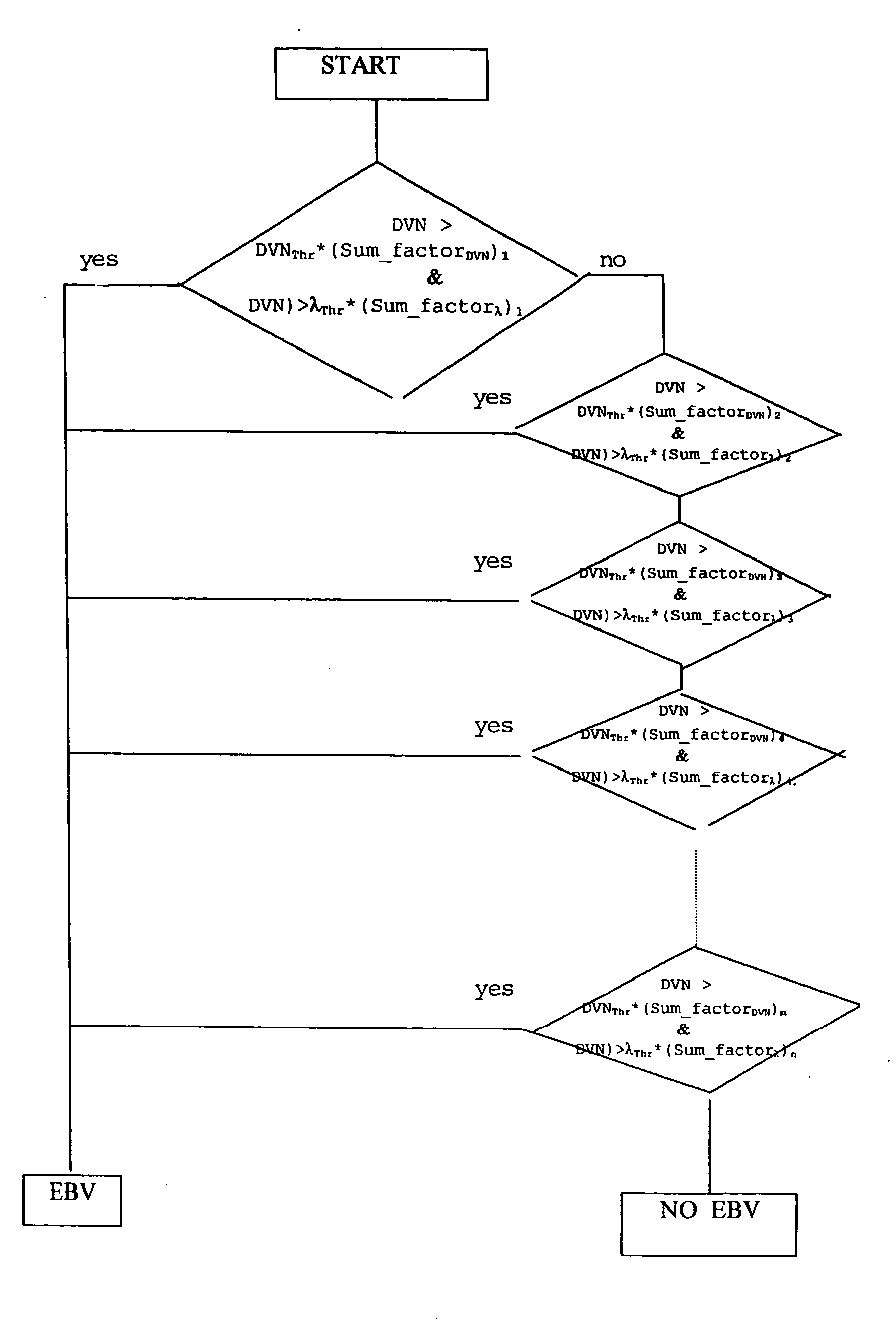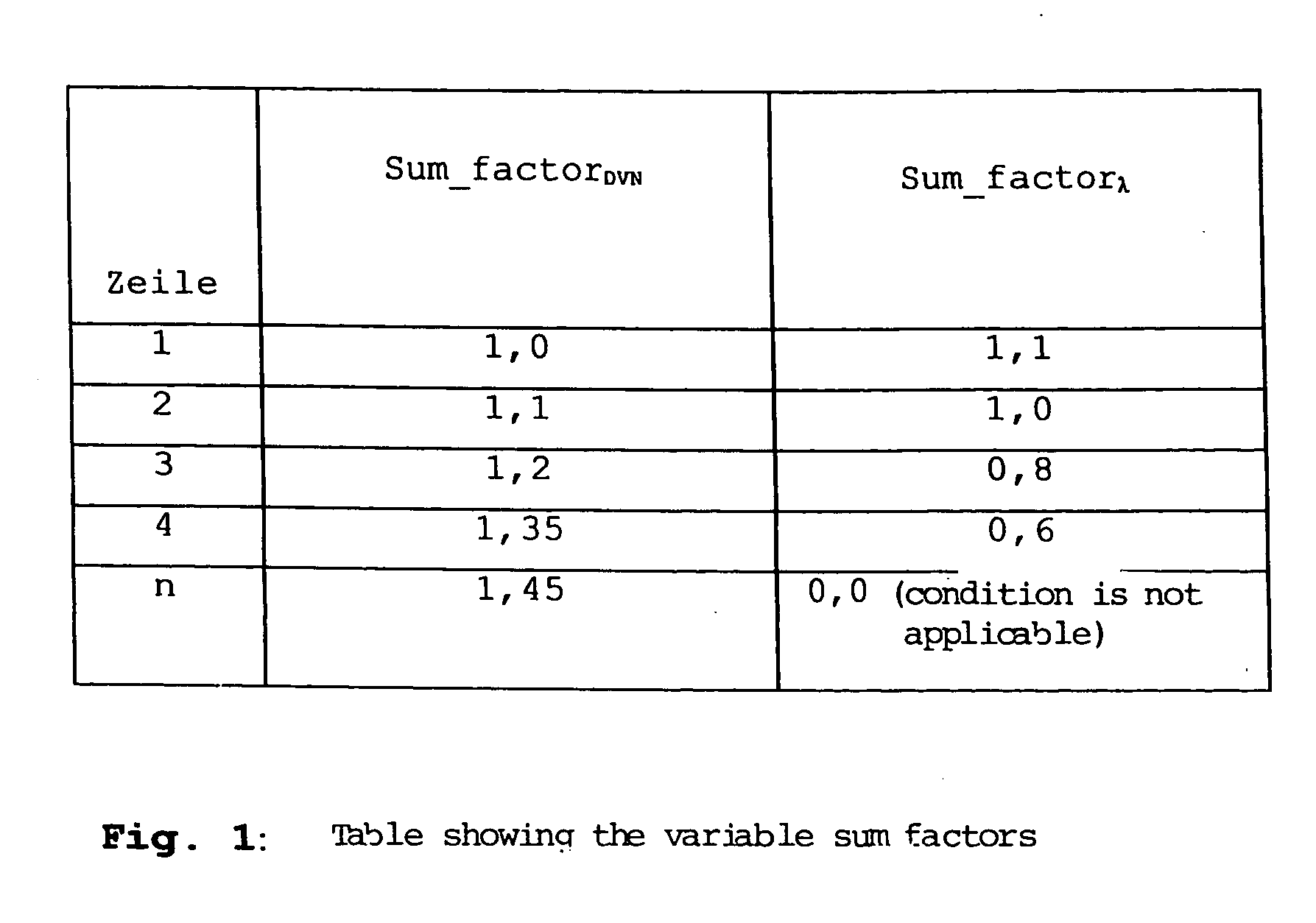Method for electronically regulating brake-power distribution
a technology of brake power distribution and electronic regulation, applied in the direction of brake systems, etc., can solve the problems of ebv control, inadequacies of rear axle brake force limitation, ruled out, etc., and achieve the effect of high achievement ra
- Summary
- Abstract
- Description
- Claims
- Application Information
AI Technical Summary
Benefits of technology
Problems solved by technology
Method used
Image
Examples
Embodiment Construction
[0021] The invention is based on the knowledge that the possibilities which an electronic control system such as ABS, ESP, etc. offers can be used to decisively improve EBV control.
[0022] According to the invention, the rotational behavior of the rear wheels is individually monitored for determining the acceleration and the wheel slip and evaluated to produce sum signals, which will then define the entry into the EBV control. The sum signals are compared with acceleration and slip thresholds, weighted by variable sum factors and finally evaluated to determine the EBV control intervention.
[0023] The problem of the premature initiation is hence counteracted by way of the method covering both rear wheels and being described in the following. Said method is based on the following reflections:
[0024] When looking at both rear wheels of a motor vehicle as one wheel by way of summation of the relevant ABS signals, this will open up new perspectives that allow shifting the compromise betw...
PUM
 Login to View More
Login to View More Abstract
Description
Claims
Application Information
 Login to View More
Login to View More - R&D
- Intellectual Property
- Life Sciences
- Materials
- Tech Scout
- Unparalleled Data Quality
- Higher Quality Content
- 60% Fewer Hallucinations
Browse by: Latest US Patents, China's latest patents, Technical Efficacy Thesaurus, Application Domain, Technology Topic, Popular Technical Reports.
© 2025 PatSnap. All rights reserved.Legal|Privacy policy|Modern Slavery Act Transparency Statement|Sitemap|About US| Contact US: help@patsnap.com



